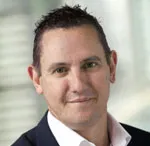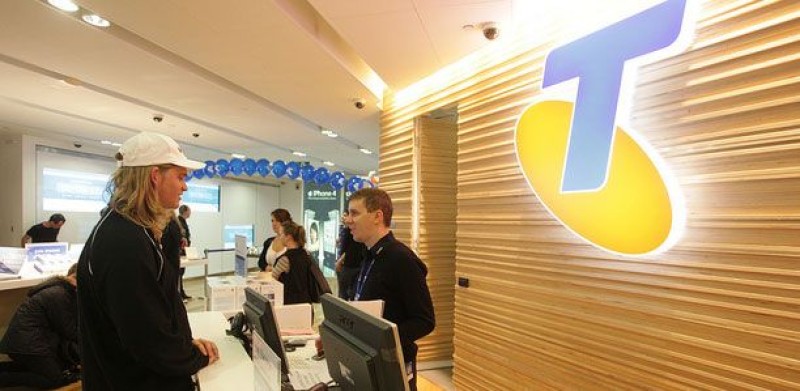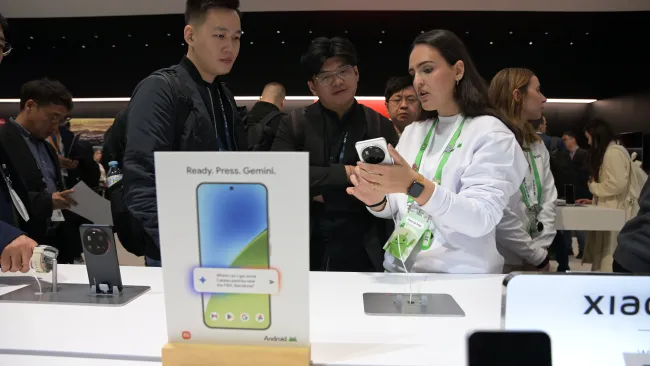Telstra is a company with a longstanding commitment to technology and product leadership. It is currently in the midst of one of the most important transitions in its history—to put the customer at the center of its business. In recent years, Telstra's focus on industry leadership is evident in its substantial investment of billions of dollars into one of the world's fastest 4G mobile networks, as well as building a portfolio of new businesses and initiatives to improve capabilities in Australia and across Asia.
Its biggest transition, however, is to become more customer focused. Many companies give customer centricity lip service, but Telstra put its money where its mouth is, and has millions of new subscribers to show for it.
In its 2013 annual report, CEO David Thodey wrote, "we need to keep improving and going from strength to strength in everything we do. And that strength will come from how we serve our customers." So far its plan is paying off. Telstra's Australian retail mobile customer base jumped from 12.2 million in 2011 to 15.1 million in 2013.

Peter Jamieson, a 25-year veteran of Telstra, has seen many of the company's ups and downs. He now serves as executive director of advocacy, overseeing the implementation and management of advocacy programs across Telstra. He recently spoke to Customer Strategist about how the operator is turning customer-focused talk into action.
Customer Strategist: Why differentiate on customer experience?
Peter Jamieson: Our history is one that has focused on products, engineering, and networks. We built a strong network on a tough continent. But products can only take you so far. We want to build off our legacy to be absolutely focused on putting customers at the center of everything we do. We want every Australian to become an advocate of the organization and talk differently [than they have in the past] about Telstra.
As a long-time employee, I've seen our attention to customers evolve. The passion for the customer has not always been at the surface, but it's been there. CEO [David Thodey] has made service improvement a priority, which has awakened a renewed sense of passion among employees.
The market is changing, and competitors are changing as well. More operators now share the same network infrastructure, so traditional network differentiation goes away. Customer service makes sense as a differentiator. An advocate will spend more, stay longer, and cost less over his or her lifetime. We are evolving to create advocates of all our stakeholders: customers, shareholders, suppliers, etc.
Discussions about creating customer trust and delivering a frictionless customer experience have really resonated with me. It's what we're ultimately striving for at Telstra.
CS: What are some examples of the customer experience initiatives you've put in place?
PJ: We started with the fundamental things. We moved to a 24/7 service model, instituted weekend field service and installations, and launched online self-service for simple transactions. The bigger issue was culture change. We want to help our employees feel as though they can do what's best for customers. Every single employee can help impact the customer experience.
We created a mobile app for employees called SNAPP App, where any employee can tap into the service organization to help resolve issues on the fly. It's designed for people who are away from work—at a barbecue or talking to friends and family—to be able to log a claim, send messages to relevant service groups, or escalate an issue to help resolve it. For example, one employee's sister-in-law moved to a new place and complained that her initial connection appointment was delayed. The employee logged into the system, and moved up the service appointment by four days. It also provides up-to-date information about the business, strategy, purpose, and other topical issues that may come up in conversation. So far, more than 19,000 employees have downloaded the app.
Internally, all employees are encouraged to meet for monthly "customer T-Time" meetings to discuss ways in which the business can improve customer service. More than 3,500 such meetings occur each month. Also, 8,000 supervisors and leaders have gone through customer-centric workshops, and the company has trained more than 3,000 customer service employees.
I'm proud that we can help people do the sorts of jobs they want to do, and be proud themselves to work for Telstra. If we allow people to serve customers well, they will.
CS: You've also transformed your contact center operations. Can you describe some of those changes?
PJ: We were not delivering the best possible outcomes for our customers. Residual issues caused dissatisfaction and callbacks. Our teams were fragmented, causing a poor, inconsistent experience. The new strategy consolidated initiatives and locations to align around the customer. We fundamentally changed the way we worked. Now, we route calls to the most relevant associate, we discourage transfers, and we have broadened associate training so they can resolve more issues. There are no restrictions on call times, and first call resolution is a leading KPI. What we're doing in the contact center is representative of what we're trying to do in the whole company.
CS: What other metrics have you changed?
PJ: It was necessary to change the metrics to help align the organization. All metrics take a much harder look at the customer impact. The customer perspective gets measured, instead of being internally focused. Customer wait times in retail stores are a particular paint point, so we now measure in-store transactions along with customer wait times. First call resolution is measured. When measuring technician performance, we look at the number of jobs, but also how many were completed to the customer's satisfaction. Also, we evolved our customer satisfaction metrics to now include Net Promoter Score, which has become pervasive across the organization. Last year we conducted 11 million NPS customer surveys to collect dynamic feedback from customers.
CS: What challenges have you come across during Telstra's customer transformation?
PJ: One of the biggest challenges has been connecting the end-to-end customer experience, so customers feel that they can trust we'll do what we promise we'll do. We want to make it as frictionless as possible, so that it's not up to the customer to figure out how to maneuver through the organization to resolve issues. That takes commitment and alignment from the entire company. Maintaining momentum, enthusiasm, and focus can sometimes be a challenge as well. It's easy to get bogged down by day-to-day activities and lose sight of the overall customer vision. The monthly meetings and customer-based metrics help to keep focused.
CS: Telstra's transformation led to customer growth of more than 1 million customers' services, while competitors grew much more slowly or even declined. What about the program are you most proud of?
PJ: I'm most proud of the fact that we started a journey that's changing the way people talk about Telstra. We're staying the course, and truly embedding customer advocacy in our DNA. It's a great journey with a lot of challenges, but it's worthwhile.

















